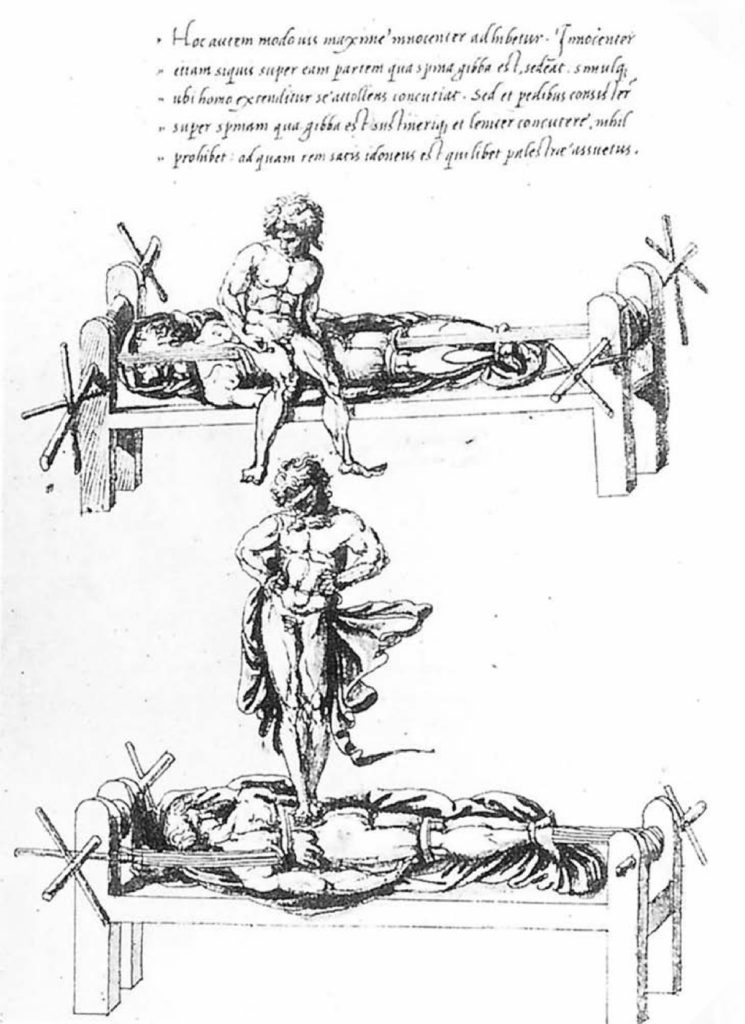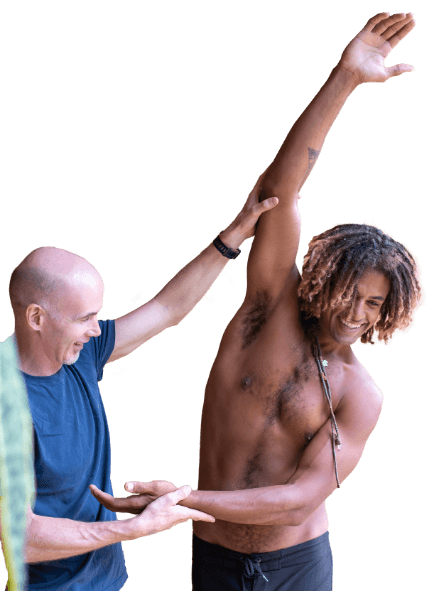
By Ed Paget, Founder of the Scoliosis Correction Protocol.
Picture this: You’ve just found out you have a scoliosis, or your son or daughter has just been diagnosed as having a scoliosis. If you are like most people you’ve gone home and googled it, and what do you read?
Scoliosis is a condition that causes the spine to curve to the side. It can affect any part of the spine, but the most common regions are the chest area (thoracic scoliosis) and the lower section of the back (lumbar scoliosis). Idiopathic scoliosis has no known cause.
That doesn’t tell you much, so you dig a little further and see something like this from the Mayo clinic
“If a scoliosis curve gets worse, the spine will also rotate or twist, in addition to curving side to side. This causes the ribs on one side of the body to stick out farther than on the other side.”
This doesn’t sound good…you don’t know if your spine will get worse, get better or just stay the same.
Your doctor will probably ask for some x-rays, once they come back they will measure the change in degrees of your spine from straight to bent and depending on how severe the curve is they will give you 3 options.
This is pretty typical of modern medicine. They have to draw a line in the sand somewhere but it doesn’t take into account how you feel about finding out that you have a scoliosis. It doesn’t answer the thousands of questions that might be rushing round in your head and It doesn’t look at the rest of your body to see if anything could be contributing to the disease.
I feel as though looking at scoliosis as simply an unwanted curvature in the spine can have disastrous consequences. If I’m a surgeon, trained to cut people open to fix stuff, how would I want to fix a curve? Most likely I would get in there and do some surgery.
A review of the history of surgery for scoliosis by Carol Hasler in the Journal of children’s orthopaedics points out that when the methods used in scoliosis surgery are compared to other orthopaedic surgeries such as hip and knee replacements it is stigmatized by the medical world as ‘a rather archaic way of sacrificing function in young and otherwise healthy individuals.’ However it’s come a long way from the way Galen and Hippocrates used to treat scoliosis which is shown in the images on this blog page.
In the 1950’s a surgeon called Paul Harrington pioneered a procedure that corrected the side bending of the spine by cutting people along the length of their back and inserting metal rods. It’s been estimated that between 1960 and 1990 about 1 million people have had this surgery. However they don’t use it anymore because it came with problems, and lots of them.
The rods would break, so they had to fuse the spine. Also the surgeons didn’t take into account that the spine was a 3 dimensional structure, meaning it moves forward and backwards, side to side and rotates both ways. This meant that the areas on either end of the rod would be overworked and wear out and develop arthritis.
Moving on, during the 1970’s and 80’s they developed surgery that attempted to work with the 3 dimensional nature of the spine, by using wires, hooks, screws and rods. These procedures were refined during the 90’s but still new surgeries were created due to the short comings of the wires, hooks, and rods.
More recently we have osteotomies, removal of parts of the bone, vertebral body resection, removal of the vertebra, and most recently – anterior vertebral tethering in which a surgeon essentially takes some cord and tacks it between two vertebrae and as the person grows it creates tension and straightens the spine.
All of these modern surgeries are aimed at preserving the ability for the spine to function or express movement in young people. However, none are completely satisfactory.
Don’t get me wrong, I’m not against surgery, but before we commit to a procedure that there is no turning back from at such a young age, we need to ask some pretty deep questions.
At what point do you need surgery? and what happens if you don’t have it?
If your curve isn’t bad enough to cause heart or lung problems is it just the aesthetics you want corrected and is surgery really worth it?
If you would like to receive my FREE 6 part video series on a movement based approach to scoliosis enter your name and email below.
https://scoliosiscorrectionprotocol.com

Over the last 10 years Ed has been building a YouTube library to help people manage their own pain or movement limitations and increase performance through exercise. He regularly adds videos so be sure to subscribe and visit regularly


"Oh My Gosh- I am ALREADY feeling relief after a few days! I used to wake up 2-3 times a night with shooting pain that anti inflammatories couldn't touch. Now I have been waking up just because I want to notice what it feels like to lay in bed pain free- THANK YOU!."

"When I first started with your program I was experience a lot of pain. Walking was difficult. I had to stop and catch my breath every few minutes and lean against a wall for support. Now when I walk with my husband we go for over an hour. I never had to sit down and stop...and, hardly any pain!!! 😊😊 I can’t thank you enough."
Frustrated that you aren't recovering fast enough?
Discover how to heal from illness and injury using movement, food and lifestyle.
Leave a Reply